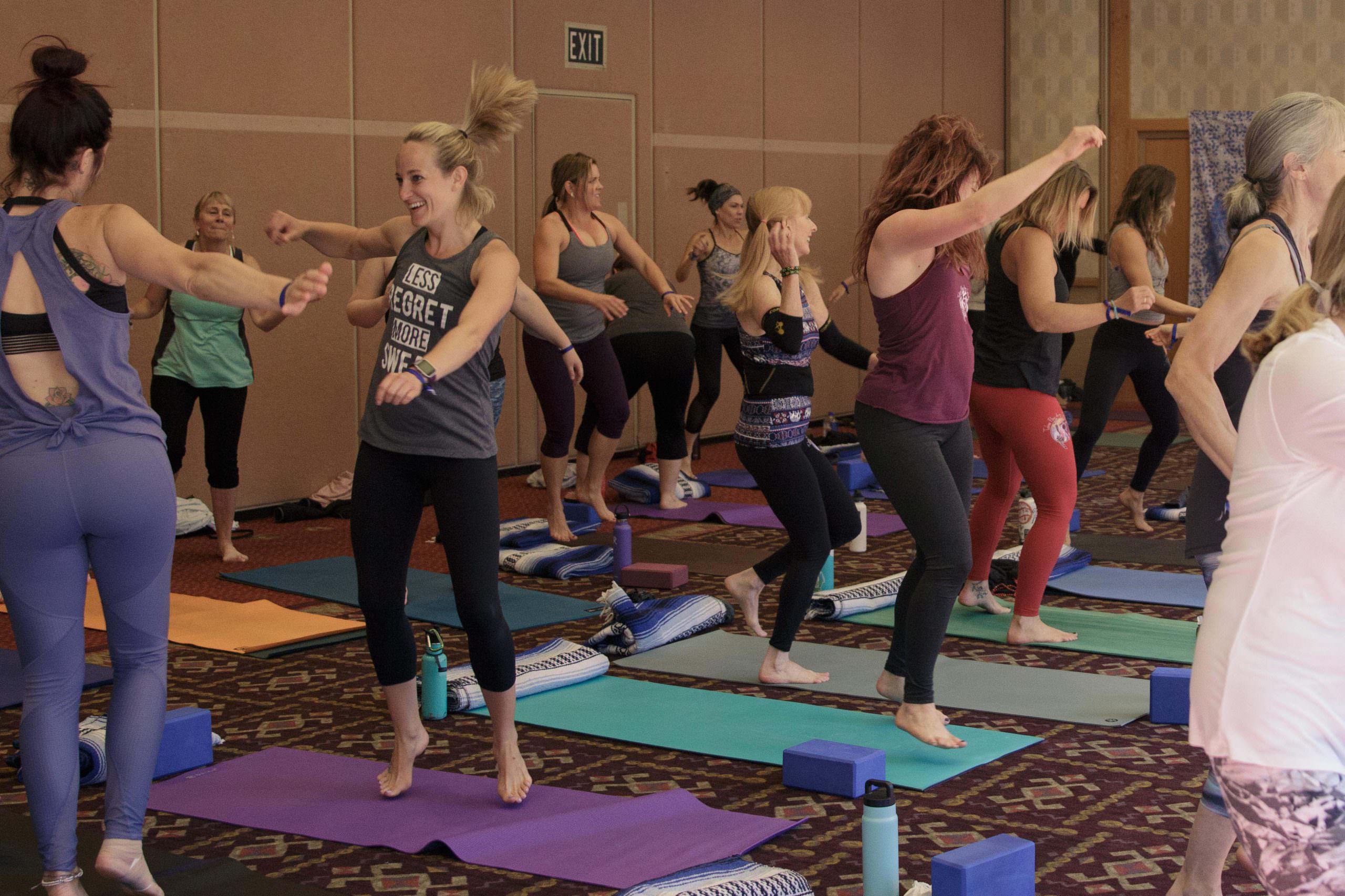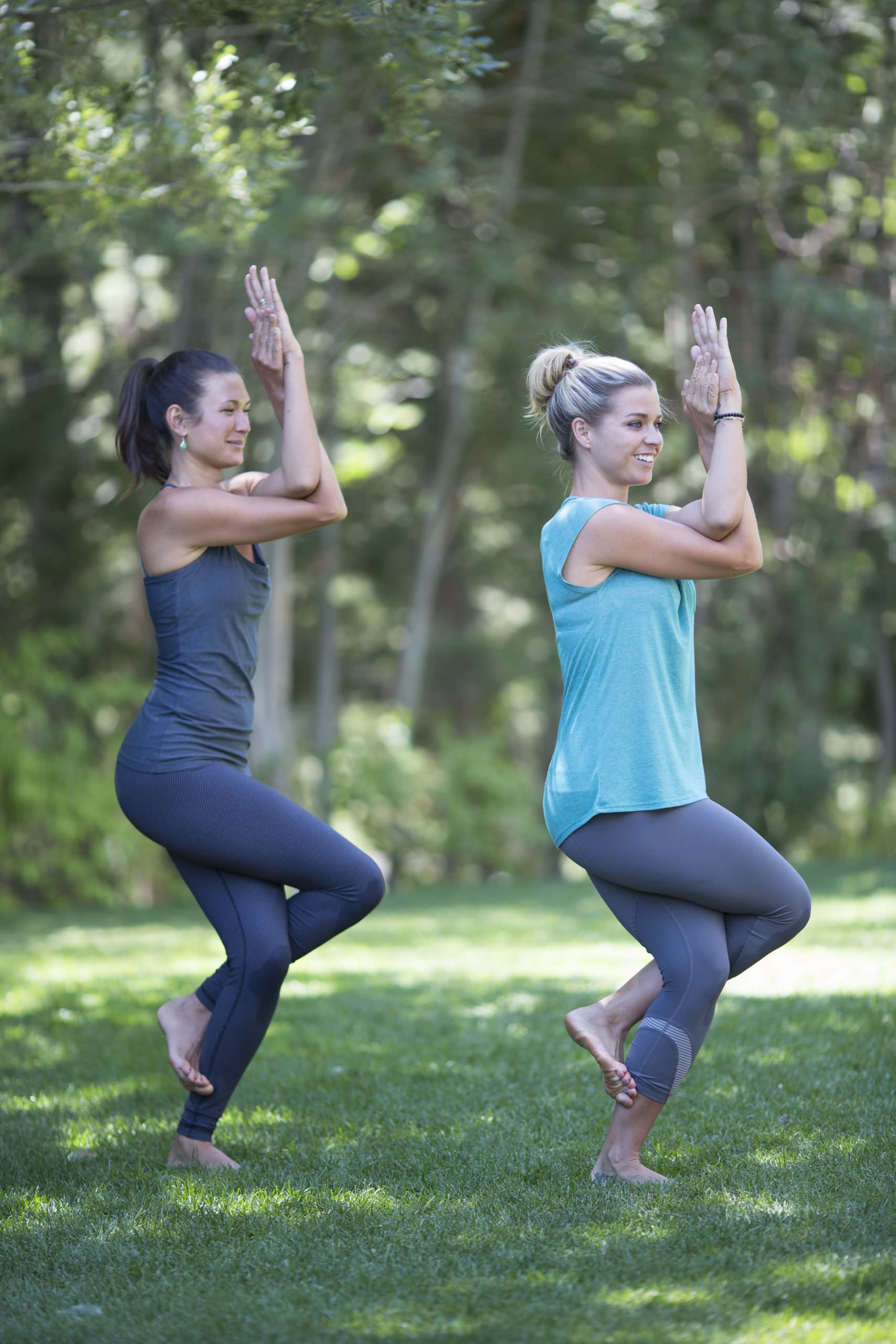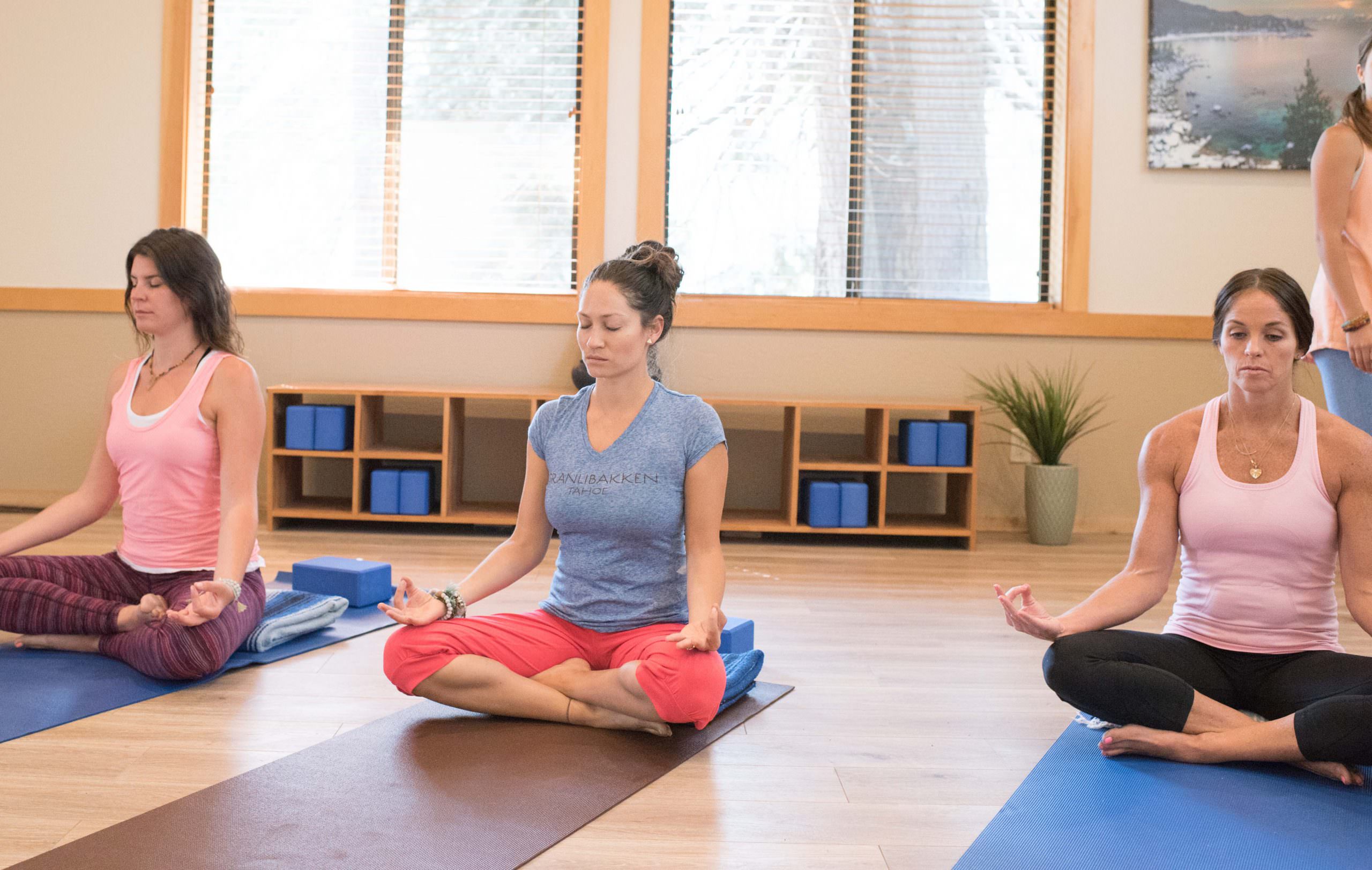Restorative Arts and Yoga Festival Returns to Tahoe City
Stretch Your Mind Around These Types of Yoga
Sponsored Post
The ancient practice of yoga is thought to have started in the Indus Valley in India as early as 3000 BC. Yoga began as a practice to marry the soul, body, and heart to achieve divine enlightenment. Whether you believe in enlightenment or the spiritual aspirations of yoga or not, it is unarguably a wonderful way to unite the mind and body to build strength and awareness.
Today, there are many types of yoga, all offering holistic approaches to well-being. Here is just a handful of the many types of yoga that exist — including some unique modalities that you may not have practiced before.
Thai Massage
You may be surprised to see massage on here, but don’t be fooled. Thai massage incorporates massage principles into an assisted yoga practice. This modality dates back 2,500 years and is said to be a method practiced by Buddha’s physician, Shivago Kormapaj. No oils or lotions are used. Instead, Thai massage uses acupressure and deep stretching to relax and reinvigorate muscles.

Mandalas on the Mat
Mandalas are geometric figures whose center represents the universe. All designs moving from that center represent the expansion of the universe. Like a color-therapy book, creating a mandala through yoga is relaxing and creative. Once the design has been laid, the flow of linking breath with movement will color the experience and leave practitioners feeling inspired, calm, and centered.
Kundalini Yoga
Kundalini yoga blends bhakti (devotional chanting), raja (meditation), and shakti (the practice of power and energy) yogas. These modalities combine to create a form of yoga that is empowering, invigorating, and builds strong bonds between the people who practice it. It is a highly expressive form of yoga, which embraces imagination and creative expression through mantras, breath, and dance. It would be difficult to attend a Kundalini class and not leave feeling buoyant and invigorated.

Yoga Medicine
Yoga medicine is a practice of fluidity, connection, and inspiration. It creates a lifelong practice of incorporating postures, breath, and meditation. Movement therapy is an intuitive approach to each individual that invites practitioners to explore their mental and physical needs and to respond in kind. This practice encapsulates foundation and strength while allowing the body to move in its most inherent, rhythmic way. It is designed to slowly build upon basic foundations, achieving balance and awareness in the body and mind over time.

Hatha Yoga
Hatha yoga is a form of yoga that we might consider “traditional” today. It focuses on asana (postures) and pranayama (breath) to engage the muscles and the mind through a flowing practice. Hatha translates from Sanskrit to “a union through discipline of force” and provides the means to build strength, promote relaxation, and to focus the mind.

Iyengar Yoga
Iyengar yoga focuses on precision. Postures are held for longer periods of time, and props are often used. This allows for practitioners of Iyengar to sink more deeply into poses and to perform adjustments that generate awareness of the practice on the body and mind. It was founded by B.K.S. Iyengar, a yogi who is largely credited with helping to popularize yoga in both the Western and Eastern hemispheres. Today, Iyengar is recognized as a deeply restorative practice, with a slower pace that allows for more dynamic movement and greater relaxation.

Do you want to grow your yoga practice, or learn a new modality? The third annual Restorative Arts and Yoga Festival in Tahoe City brings together Tahoe-based instructors and healers for three days of exploration, inspiration, and camaraderie. The yoga practices above will be featured, as well as nature hikes, meditation, and a wide range of other wellness modalities. All workshops and meals are included in the $299 weekend pass, and lodging is available on site for discounted rates. You can view the full schedule of events here.


